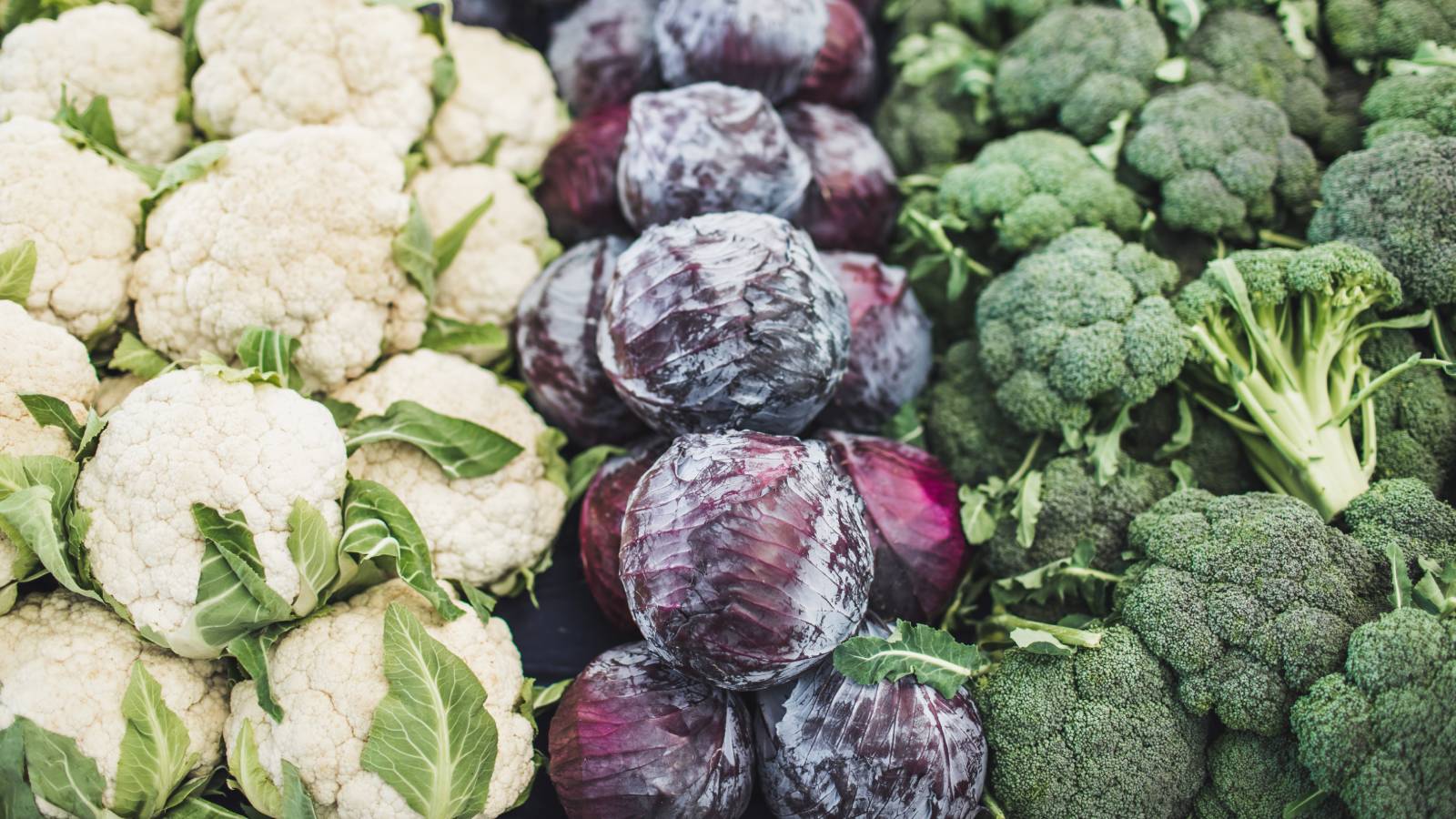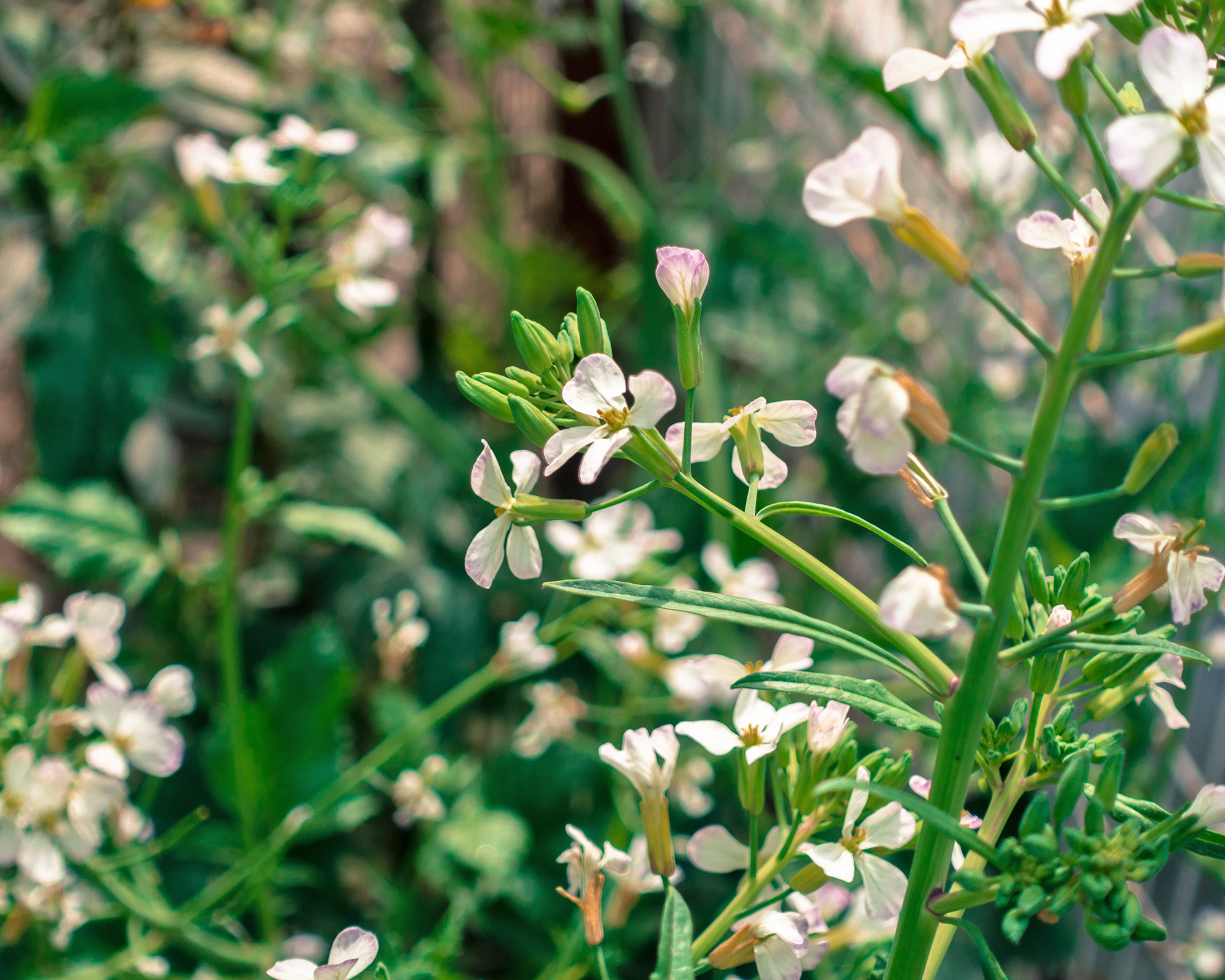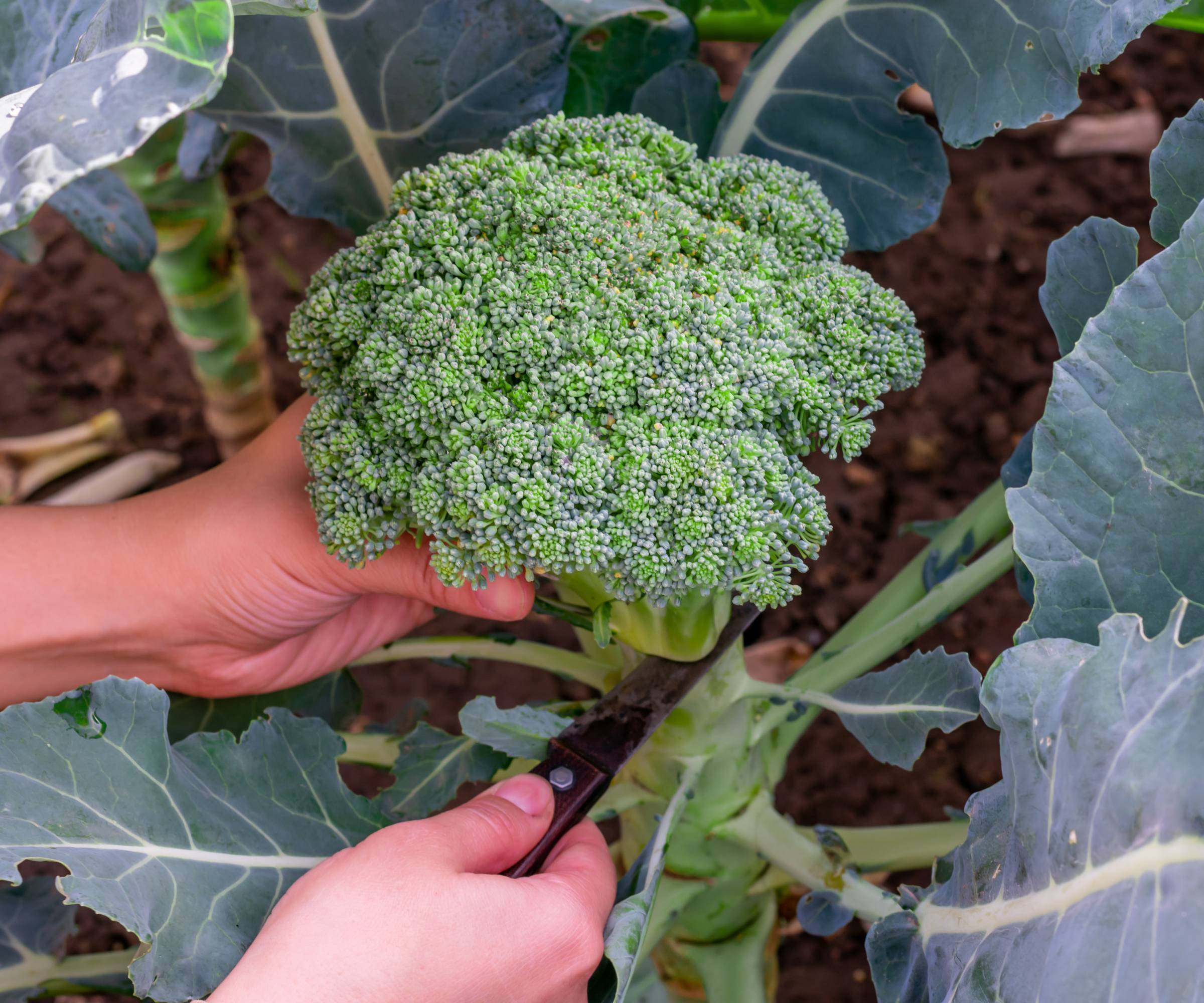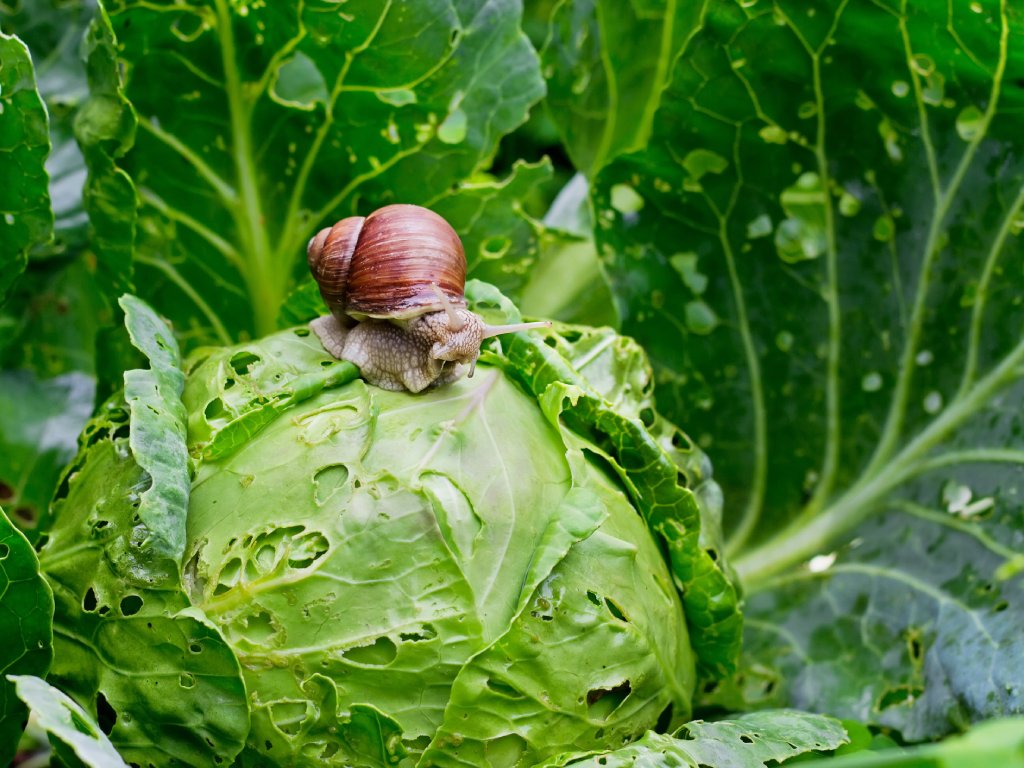Cruciferous Vegetables Guide: What You Need To Know Before Growing These Cool Crops
Ideal for spring and fall gardens, cruciferous vegetables have unique growing needs. Here's everything you need to know about these cool weather veggies.


Heather Rhoades
Have you ever heard the terms cruciferous vegetables, Brassica vegetables, and cole crops used interchangeably and wondered “What the heck?” You’re not alone. I’ve also been slightly flummoxed by their use for the same vegetable.
There is, it turns out, a reason for the confusion. But I'm here to clarify exactly what cruciferous vegetables are and how to grow these cold weather vegetables successfully in your garden.
Is It a Cole Crop, Brassica or Cruciferous Veggie?
It turns out that all the members of these groups are all the same species, so why the different names? No, no one is deliberately trying to confuse you (or me), it just has to do with an advancement in historical classifications.
At one point, the members of this species were all categorized under the family name Cruciferae. This family contains 372 genera and 4,060 different species. Within this large family reside cruciferous veggies such as Brassica oleracea which includes broccoli, cabbage, cauliflower, collards, and kale. Other Brassicaceae members also have a place within the Cruciferae family.
Because the Cruciferae family is so large and diverse, scientists decided to subdivide it and make Brassica members their own family. The genus name (Brassicaceae) comes from the Latin for cruciferous vegetables. The older nomenclature, Cruciferae, means “cross-bearing” and is a reference to the four cross shaped petals of mustard blooms.

What about cole crops? Cole crop is an older term for these same Brassica or cruciferous vegetables used primarily in the agricultural trade.
What Are Cruciferous Vegetables?
Hopefully that enlightened rather than confused anyone. Suffice it to say a Brassica is a cruciferous vegetable and vice versa.
Gardening tips, videos, info and more delivered right to your inbox!
Sign up for the Gardening Know How newsletter today and receive a free copy of our e-book "How to Grow Delicious Tomatoes".
That said, there is yet room for confusion since which crops are considered to be in this family varies depending upon what cruciferous vegetable list you consult.
Brassica or cruciferous veggies (cole crops) come in an array of shapes, sizes, and colors to the extent that it seems as if they have nothing in common which isn’t true. All Brassica are cool season veggies. Most bear flowers that are made up of four petals resembling a cross. While they may be cultivated for leaves, flower buds or even roots, Brassica are all nutrient rich and high in fiber.
Also, while over time, Brassica veggies have evolved they do have a common ancestor; wild cabbage.

Broadly, cruciferous vegetables belong to the Cruciferae family, which mostly contains the Brassica genus, but does include a few other genuses. In general, cruciferous vegetables are cool weather vegetables and have flowers that have four petals so that they resemble a cross.
In most cases, the leaves or flower buds of cruciferous vegetables are eaten, but there are a few where either the roots or seeds are also eaten.
List of Cruciferous Vegetables
Below you will find a list of cruciferous vegetables. While you may not have heard the term cruciferous vegetable before, it's likely that you have grown many of them in your garden.
Compiling a list of cruciferous veggies is a bit of a struggle since the lists vary according to the source. This isn’t a complete list and the list may change depending upon who or what is consulted, but general cruciferous vegetables include:
- Arugula
- Bok choy
- Broccoli
- Broccoli rabe
- Broccoli romanesco
- Brussel sprouts
- Cabbage
- Cauliflower
- Chinese broccoli
- Chinese cabbage
- Collard greens
- Daikon
- Garden cress
- Horseradish
- Kale
- Kohlrabi
- Komatsuna
- Land cress
- Mizuna
- Mustard - seeds and leaves
- Radish
- Rutabaga
- Tatsoi
- Turnips - root and greens
- Wasabi
- Watercress

How to Care for Cruciferous Vegetables
As mentioned, Brassica are cool season veggies. They should be planted in well-draining soil with a pH of 6.0 to 6., in full sun. Enrich the soil with compost if need be; cruciferous veggies are heavy feeders. Keep soil consistently moist.
Start plants inside early before the last frost in your area for later transplant or direct sow as soil temperatures warm in the spring. A second crop can be started in the later summer for a fall harvest.
Since these vegetables belong to the same family, they tend to be susceptible to the same diseases and pests. Cruciferous vegetable diseases can include:
- Anthracnose
- Bacterial leaf spot
- Black leaf spot
- Black rot
- Downy mildew
- Peppery leaf spot
- Root-knot
- White spot fungus
- White rust
Cruciferous vegetable pests can include:
- Aphids
- Beet armyworm
- Cabbage looper
- Cabbage maggot
- Corn earworm
- Cross-striped cabbageworm
- Cutworms
- Diamondback moth
- Flea beetles
- Imported cabbageworm
- Nematodes (which cause root-knot)
- Slugs and snails

Since the cruciferous family of vegetables are susceptible to the same diseases and pests, it's best to make sure that you rotate the location of all cruciferous vegetables in your garden each year. In other words, don't plant a cruciferous vegetable where a cruciferous vegetable was planted last year. This will help to protect them from diseases and pests that can overwinter in the soil.
Frequently Asked Questions
Why Are They Called Cruciferous Vegetables?
Brassica or cruciferous vegetables are called thus due to their cross shaped blooms, made up of four petals. The name is derived from their older family name of Cruciferae which means “cross-bearing.”
Is Spinach a Cruciferous Vegetable?
Spinach is not a cruciferous vegetable. It does however pack a healthy punch, rich in vitamin A and K and chock full of antioxidants.
Shop Delicious Cruciferous Vegetable Seeds
- Try a classic Brassica in your veggie garden. Castle Dome Hybrid Broccoli is a fast-growing cultivar that can handle heat, so you can enjoy it all the way into summer.
- Lacinato Kale is a delicious cruciferous veggie with a long history. This heritage variety dates back to the 1700s and is just as tasty today!
- Grow Rivoli Hybrid Radish for award-winning flavor. This disease-resistant cultivar was a 2014 All-America Selections Winner and is ready to harvest in just one month!
- Find even more vegetable seeds in the Gardening Know How Shop.
Love Gardening Know How? Our latest book, The Complete Guide to Vegetable Gardening, is available now!
Perfect for the gardener in your life, or for your own coffee table, this book boasts 224 pages of high-quality pictures, expert tips, and easy-to-follow advice to get your vegetable garden growing its best. Look for it at these sellers, and wherever quality books are sold.
This article features products available from third-party vendors on the Gardening Know How Shop.

Amy Grant has been gardening for 30 years and writing for 15. A professional chef and caterer, Amy's area of expertise is culinary gardening.
- Heather RhoadesFounder of Gardening Know How
-
 8 Noteworthy Native Azaleas Every Gardener Should Know – And Grow!
8 Noteworthy Native Azaleas Every Gardener Should Know – And Grow!Native azaleas offer brilliant blooms in a range of colors and sizes. Here are a few favorites to get inspired and start working on a native shade garden!
-
 Growing Climbing Roses: How To Create Elegant Displays With Maximum Blooms
Growing Climbing Roses: How To Create Elegant Displays With Maximum BloomsMaster the art of growing stunning climbing roses with this essential guide to creating vibrant, fragrant walls and structures all summer long.